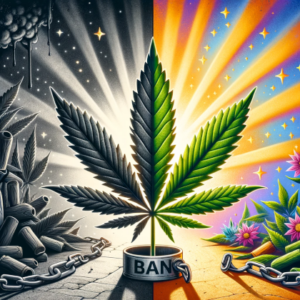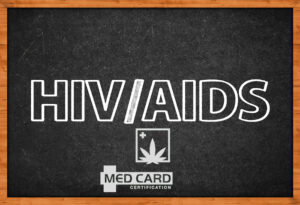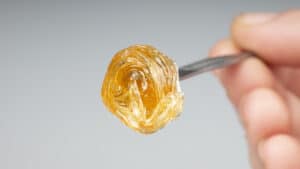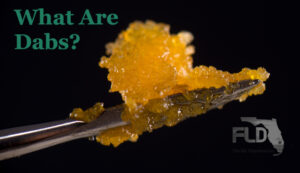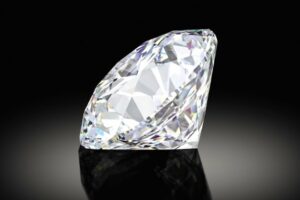
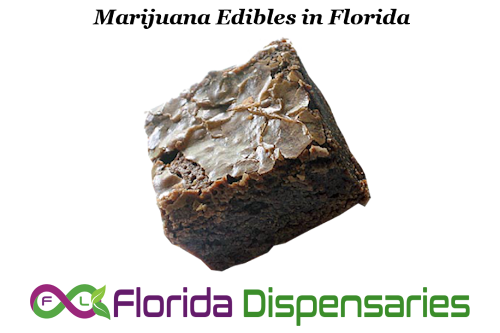
Florida Marijuana Edibles: Dosage, Effects, and Availability
Florida Edible Rules
What are edibles and how are they used
Where To Buy Infused Edibles In Florida
Medical conditions for which edibles present the ideal delivery method
Different types of edibles allowed in Florida.
Edibles Dosing Chart
Florida's dispensaries now offer Marijuana Infused edibles. What are edibles and why would you want them?
Many dispensaries carry a variety of edibles, which have become a preferred method of ingestion for patients who may not want to smoke or vaporize cannabis.
Edibles come in a variety of forms, and Florida dispensaries carry a wide range of options. Gummies are one of the most popular types of edibles, and patients can choose from a variety of flavors and potencies. Oral syringes are also a common form of edible, and are often used for precise dosing. Cookies, brownies, and other baked goods are also available, as well as mints and breath sprays.
Dispensaries in Florida are required to follow strict regulations regarding the production and sale of edibles. Each edible must be labeled with its THC content, serving size, and other important information. Additionally, dispensaries must ensure that their edibles are properly packaged and stored to prevent contamination or degradation of the product.
Overall, dispensaries with edibles in Florida provide patients with a convenient and discreet way to consume medical marijuana. With a wide range of options available, patients can find the right edible to fit their needs and preferences.
Florida Edible Rules
The proposed regulations for marijuana edibles were posted to the Florida Administrative Code in mid-March 2020. After some haggling over the rules, including the establishment of a reliable testing infrastructure, edibles were given the green light on August 26th.
According to the finalized rules:
Edibles may be produced in the form of baked goods, candy, chocolate, drink powders, etc.
To minimize attraction to children, edibles in Florida cannot be produced in primary or bright colors.
The use of natural or artificial colors is prohibited.
Edibles may not be produced in any shapes other than simple geometric shapes such as a square, circle, rectangle, triangle, etc.
Products may not bear any markings, symbols, images, graphics, or words.
Products may not be decorated with icing, sprinkles, or other toppings of any kind.
Edibles must not resemble any commercially available candy.
Medicinal edibles must be appropriately packaged.
Packages must bear the universal THC symbol.
Packages must list the amount of cannabinoids in the product.
A single serving of an edible may not exceed 10 milligrams of THC, and a multi-serving edible cannot exceed a total of 200 milligrams THC.
Edibles manufacturers must obtain a Florida food preparation permit.
What are cannabis edibles?
The term “edibles” refers to any food product that has been infused with cannabinoids and also possibly terpenes.
Edibles come in a variety of forms. The most commonly found are:
Candies – gummy candy, hard candy, chocolate, etc.
Baked goods – brownies, cookies, granola, etc.
Beverages – sodas, non-carbonated beverages, coffee, tea, etc.
Oils – vegetable oils such as coconut oil
Each of these products has its own particular benefits which we’ll get into shortly.
Edibles have been growing in popularity as recreational and medical cannabis gain legal status in a number of states.
Colorado’s legal dispensaries report that edible cannabis products make up a whopping 45 percent of their sales. A nationally representative study of legal-aged cannabis users showed that almost 30 percent of the subjects had ingested marijuana in beverage or edible forms. And a 2019 study revealed that 25 percent of Canadian cannabis users preferred edibles.
Records also indicate that those using marijuana for the first time for medical reasons are more receptive to edible products, and that edibles are more popular with seniors.
What are the benefits of cannabis edibles?
So, why would a medical marijuana patient want to choose edibles over smoking, vaping, tinctures, creams, etc.? There are a number of very valid reasons, actually.
Some benefits of edibles over smokables include:
Edibles do not come with health risks attributed to smoking and vaping.
Edibles are more convenient and discreet.
The effects of edibles are more relaxing and calming.
The effects of edibles are more potent and longer lasting.
Dosages are more accurate and easier to measure and manage.
No need for expensive paraphernalia (vape pens, pipes, papers).
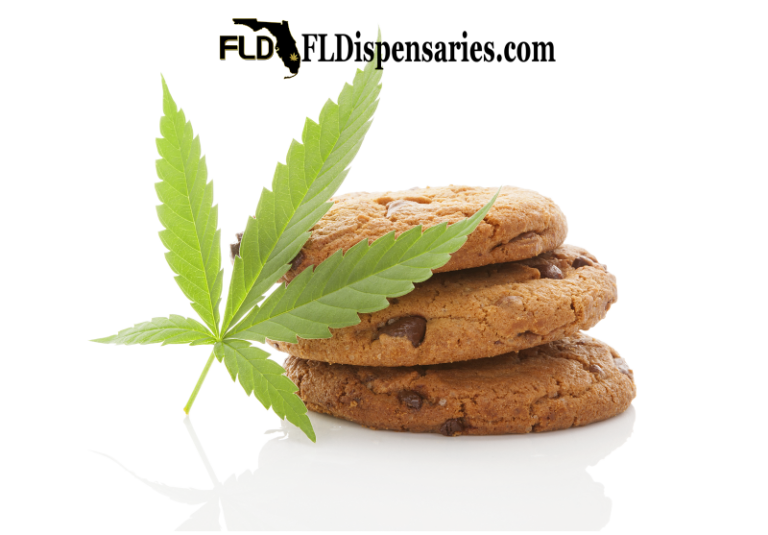
What are the correct dosages for marijuana edibles?

So, how much edible cannabis should you consume? There is no correct answer here as it depends highly on your physical condition, what it is you’re treating, your size and gender, and the makeup of your specific endocannabinoid system. We’re all different.
Most edible cannabis products list the amounts of cannabinoids per serving. For example, a piece of candy might contain 5 or 10 milligrams of THC and/or CBD, or it might contain far more. Some products such as brownies and candy bars may contain multiple servings. Patients need to be aware of this and dose accordingly to avoid having an unpleasant experience.
Because edibles are slower to take effect, it’s not extremely uncommon for patients to over do it and end up having an unpleasant experience. Don’t make this mistake. It can take from 30 to 90 minutes for the psychoactive effects to kick in. The peak effects might take 2-4 hours to be fully realized. Onset time can be influenced by many factors, including the type of product (eg. candy vs. baked goods), a patient’s gender, eating habits, weight, and metabolism.
Patients should also be aware that candies will take effect much faster than baked goods. When consuming baked goods, it’s best to start with small bites. Then wait at least one hour to gauge the effects. If more is needed take another small bite. Over time, by “listening” to your body, an ideal dosage can be determined.
It’s a good idea to start small when ingesting edibles. For smaller people it’s advisable to start with 5 milligrams, or 10 milligrams for larger people, and then work your way up until you feel relief.
Keep in mind that edibles are more potent than smokable products. The Colorado Department of Revenue commissioned a report utilizing the findings of a clinical study. It indicated that 1mg of THC in an edible product creates similar effects to 5.7 mg of THC in smokable marijuana.
When eaten, enzymes convert delta-9 THC into 11-hydroxy tetrahydrocannabinol, or 11-OH-THC, which is a far more powerful psychoactive compound than THC. This explains why edibles often seem more potent and have a longer lasting effect than smoked of vaped cannabis.
In most cases, somewhere between 10 and 100 milligrams of THC and CBD combined should be enough to provide relief. However, if you’re dealing with a serious condition such as cancer or seizures you might need more. Definitely seek a qualified medical marijuana doctor’s advice in this case.
Also keep in mind that more is not necessarily better in every case. Cannabinoids produce what’s known as a bell curve effect. That means that there is an ideal dosage above and below which the effects fall off. Taking more than you need can be a waste of money and might produce unwanted side effects such as extreme intoxication.
There is also a practice known as microdosing which involves taking very small amounts of THC on a daily basis. If CBD seems to effectively treat a condition, adding small amounts of THC — say, less than 5 milligrams a day — might actually increase the effects without causing intoxication.
Due to various factors, there can be some inaccuracy in labeling. The manner in which products are stored and handled, and inconsistency in quality control during production can cause discrepancies between the dosage listed on the label and that actually contained in the product.
Marijuana Edibles Video
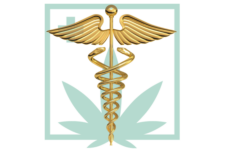
What medical conditions are best treated with cannabis edibles?
All cannabinoids end up being systemic — meaning that they enter your bloodstream and circulate through your entire body. However, delivering cannabinoids to the exact point of injury or inflammation can increase their effectiveness.
What this means is that edibles can be used to treat the same conditions as other forms of medical marijuana whether they be mental (eg. anxiety, depression, etc.) or physical (eg. pain, inflammation, etc.).
However, the niche in which edibles are truly ideal is in treating conditions of the stomach, intestines, and colon. This is because the cannabinoids and terpenes can be delivered directly to the point of inflammation.
The type of edible cannabis product one should choose depends on which condition is being treated.
For example, gummies, hard candy, chocolate, and beverages are ideal for conditions of the stomach, itself, because they melt immediately delivering their contents to the stomach.
And baked goods are better for conditions of the intestines and colon. This is because these edibles contain fiber and therefore take longer to digest. The cannabinoids can make their way further along in the digestive system.
Treating Crohn’s disease, colitis, IBS, etc. with edibles
Crohn’s is an autoimmune disease that severely affects the intestinal tract. Autoimmune conditions cause the body’s own immune system to attack the lining of the intestines causing sometimes severe inflammation. This inflammation can cause digestive difficulties and often result in chronic or acute pain.
The highest concentration of CB2 receptors in the human body is found in the intestines. Recall that CB2 receptors have an affinity for CBD rather than THC. Therefore, products high in CBD are best for treating gastrointestinal inflammation. However, THC is also known to increase appetite and aid in digestion. A strain that is higher in CBD than THC is ideal.
Learn more about cannabis in the treatment of Crohn’s and colitis here.
Treating other medical conditions with THC and CBD infused edibles
Although edibles are ideal for gastrointestinal issues, they can also be used to treat just about any other condition that can benefit from medical cannabis.
Some of the medical conditions being treated with cannabis edibles include:
- Alzheimer’s
- ALS
- Arthritis
- Cancer
- Cachexia
- Crohn’s
- Epilepsy
- Fibromyalgia
- Glaucoma
- Hepatitis C
- HIV
- MS
- Muscle Spasms
- Nausea
- Neuropathy
- Parkinson’s Disease
- PTSD
- Seizures
- Tourette’s
- Ulcerative Colitis
In addition to this list, a physician may approve a medical marijuana application for any other condition which they feel can be successfully and safely treated with cannabis.
The only case where edibles might not be as desirable is in treating sudden onset psychological conditions such as panic attacks and PTSD. In these cases, smoking, vaping, or even tinctures might be a better choice because of their fast onset time.


